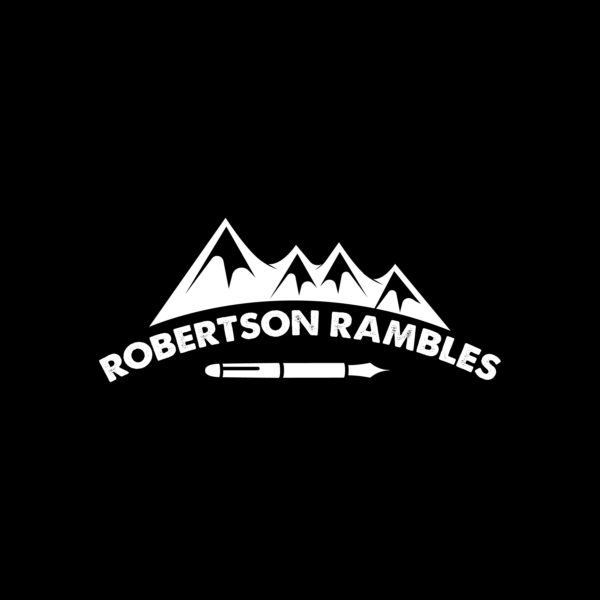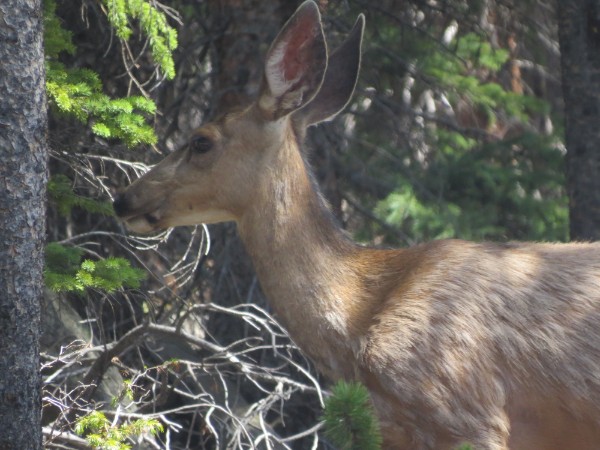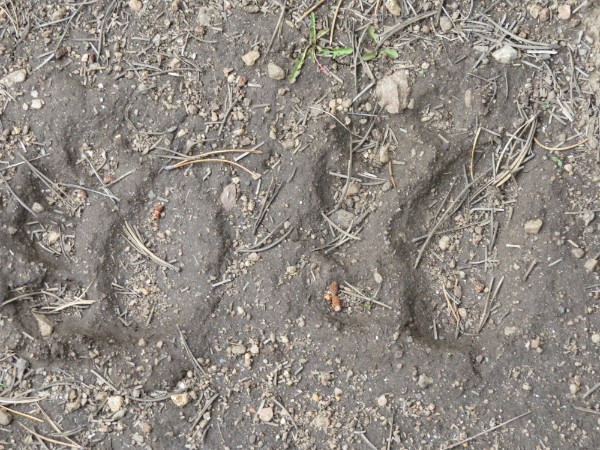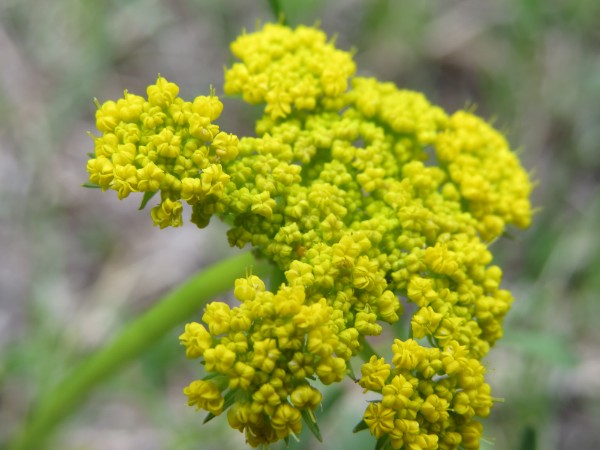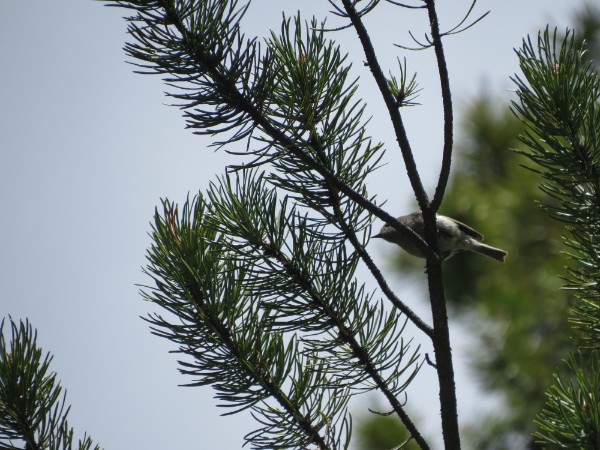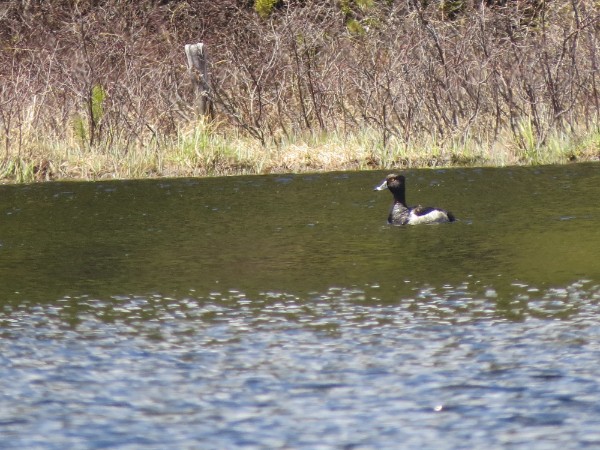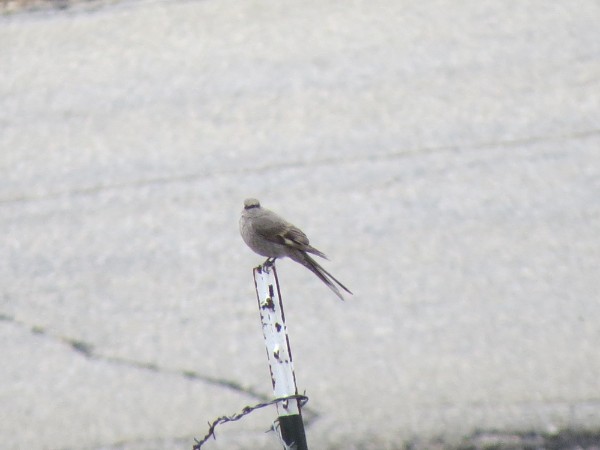This is in response to a prompt from Aimee Nezhukumatathil’s webinar Nature as Inspiration and Transformation: An Intro to Nature Poetry: make a list of three questions you wonder about and could look up the answer to. Write a poem about these wonderings.
wonders
wondering where the shaggy black bear sleep
and whether I’ll come upon one this spring
laid in a heap of fur bone sinew
next to a boulder somewhere
his mat of fur the only thing marking him
as different from duff
wondering where the calypso orchids are waiting
held in the earth’s warm heart
and when they’ll stretch their soft pink throats skyward
and what the boys will say
wondering how it feels to dive
like a male broadtail
or sleep ten hours
like my beloved sons
wondering whether Roxy the fox
has a dry safe earth
with a quiet writhing of new life beside him (or her)
all awake
today I wondered where are the deer?
hours later they pronked across the trail before us;
a bit of magic reaffirming what I believe
about life the universe and everything:
it gives us what we need
when our arms and minds stay open
